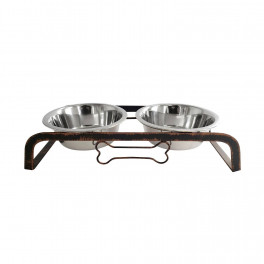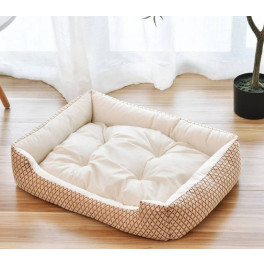If you have children, or are expecting to, your home may already be pet-proof. Child-proofing a house can cover many of the hazards a pet could run into. But if you don’t have a child-proof home already, you can make it safer for your pet by following this guide on how to pet-proof your home.
Prevention is Key
It’s important to look beyond the obvious when it comes to animal home safety. Both children and pets are free-spirited. They like to wander around the house without a care in the world. Learning how to dog-proof a room entails thinking about your dog’s personality traits.
Small dogs and cats are likely to explore tiny spaces and crevices behind furniture. If you keep laundry detergents and cleaners behind your washer/dryer, move them to a high shelf because they can be harmful if ingested. If your pet likes to laze in a warm spot behind your couch, make sure there aren’t any electrical cables back there they can chew or scratch.
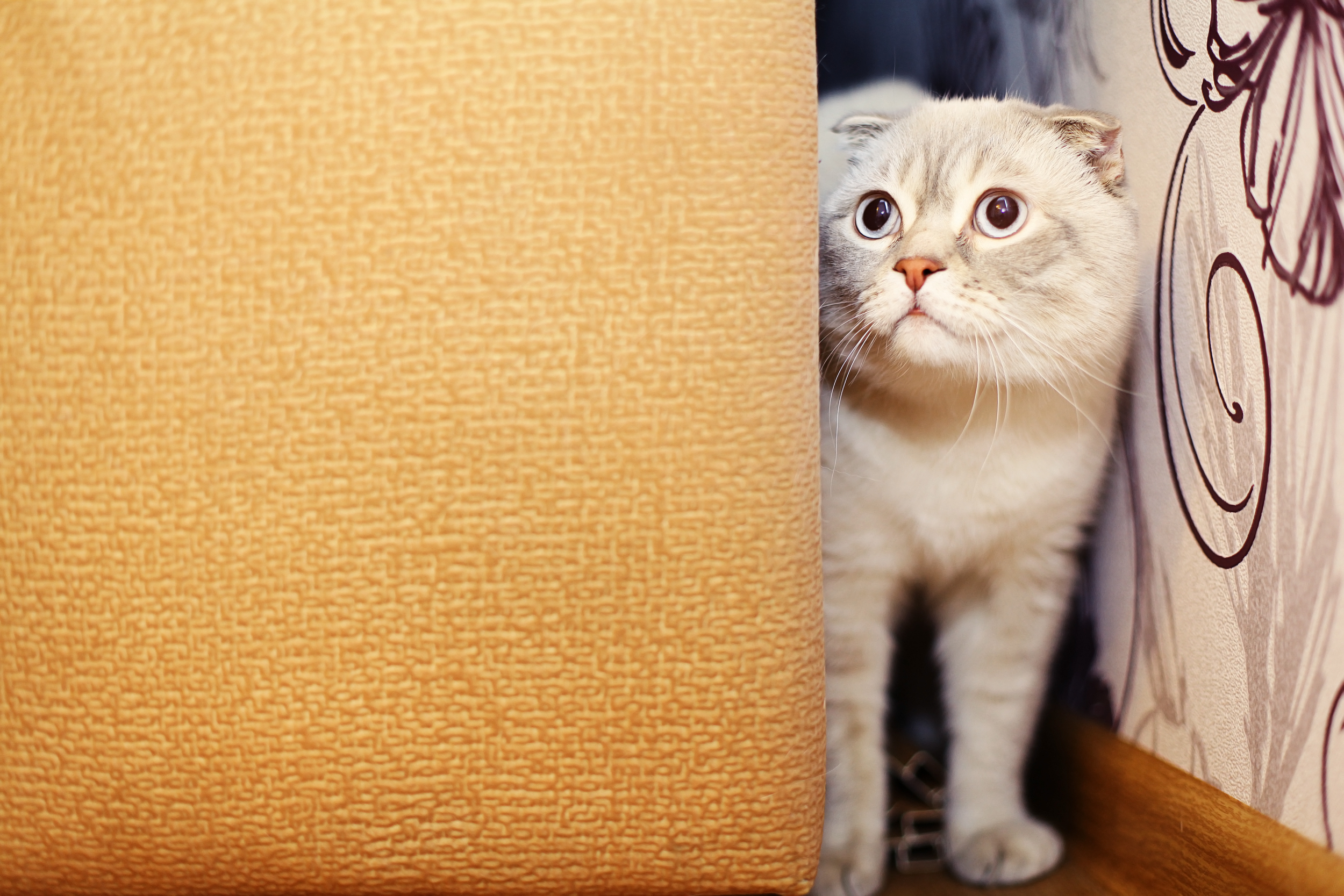
Photo by Sergey Kichigin on Dreamstime
Medicine, whether in your kitchen or bathroom, should be put away safely on high shelves. A larger dog can knock over pill bottles if they are within reach. A determined pup can chew through almost anything, including a tightly-sealed prescription medicine bottle, if given enough time.
Allowing your pets to scamper freely through spaces like your kitchen can also be dangerous for them. Animals will often eat people food that falls on the floor while you’re cooking, and some people food can make them very sick. Don’t let a hungry dog get sick from foods that are bad for it, like chocolate, avocados, grapes, and dairy products. Large dogs can easily get into your trashcan and finish your leftovers.
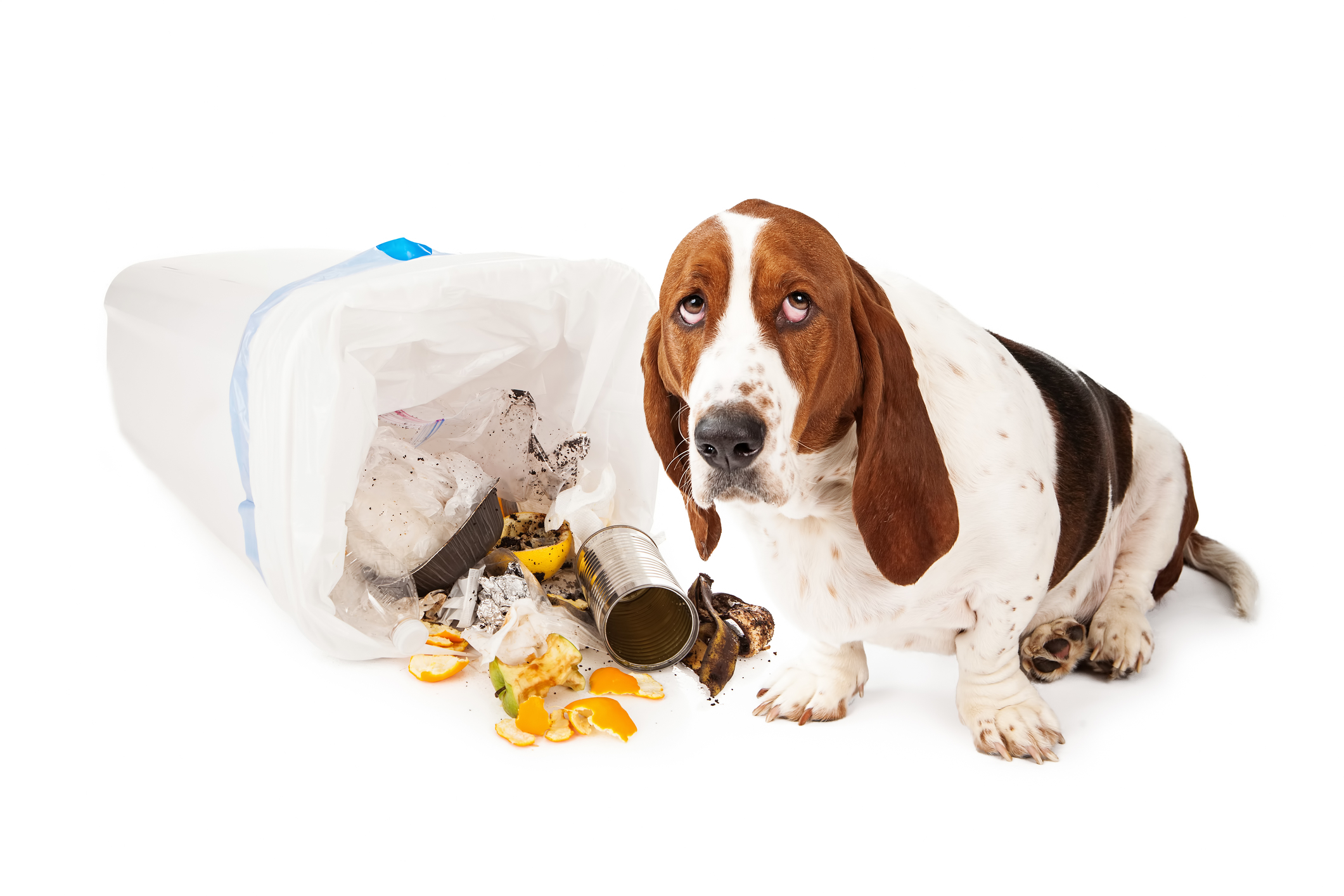
Photo by adogslifephoto on Adobe Stock
You can keep your dog from eating something it shouldn’t by installing an indoor doggie gate between open doorways that lead into the kitchen. If you have a big dog, be sure to compensate for your gentle giant with a larger gate that it can’t jump over or knock down.
If, for whatever reason, you can’t install a gate, a good alternative is to install a pull-out trashcan you can place under your sink or kitchen counter. (This will also cut back on unwanted food odors.)
Another pet-proofing tip is to keep knives in tight shelves, and add knife sleeves for added protection if one should fall to the floor.
Protect Your Furniture
Regardless of how many times you’ve scolded your dog to stop jumping up on the couch, it probably still does it when you’re not around. Trying to fight what comes naturally is usually a losing battle, but you can still try to prevent the damage that comes with your dog doing what it’s going to do anyway by being proactive. Buy couch and chair covers to protect your furniture instead of trying to make your dog understand how disappointed you’d be if you knew it was just waiting for you to step out the door before it immediately jumped right back up on the couch.
Another solution is to give your pets furniture of their own. Try to mimic the comfort of a couch with in a fluffy cradling pet bed just for Rover. Adorn it with a pillow and a throw blanket, and your pet may just avoid your couch altogether after they get used to their own furniture.
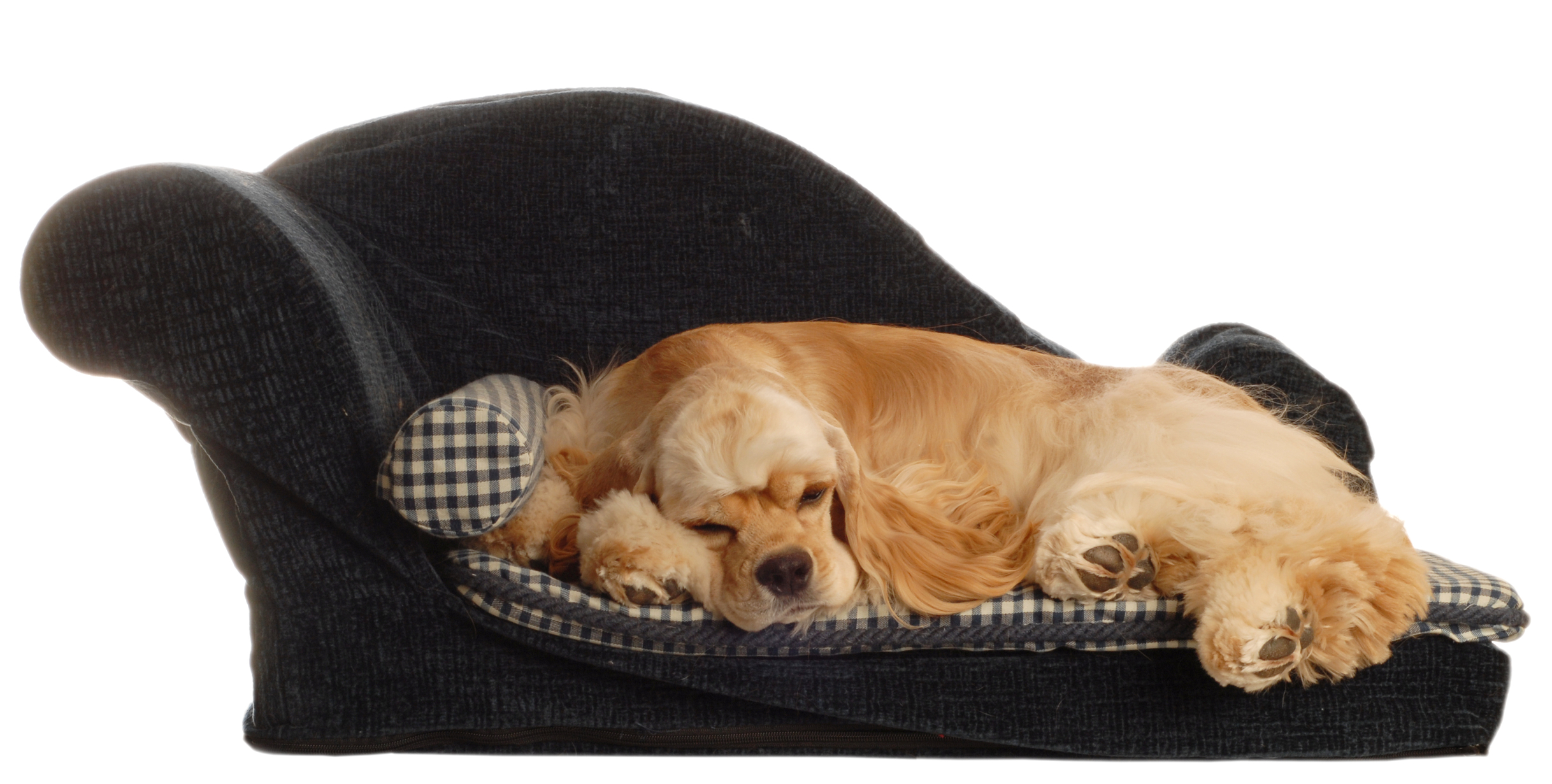
Photo by Tootles on Adobe Stock
Puppies love to chew on door molding, and cats love to scratch it. Dog-proof door molding with a door shield until your pup or kitty grows older. You can also buy your puppy or kitty any number of chewing toys and scratching posts to give them a non-destructive means of satisfying their “itch.”
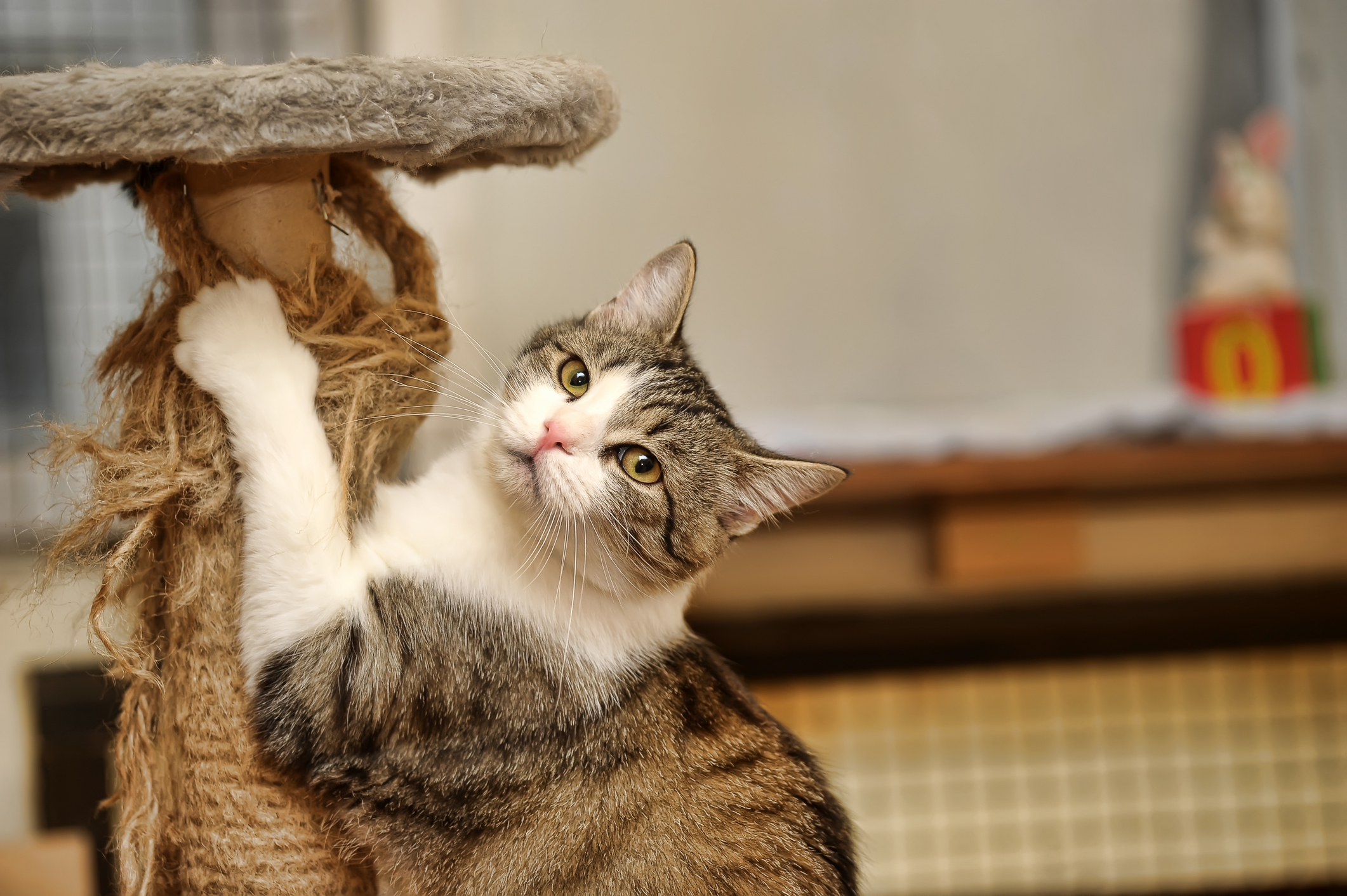
Photo by Evdoha on Adobe Stock
Preventing Accidents
Carpets aren’t the best idea if you have young pets. Carpets can also be a problem for older pets when their bodily control starts slipping. Puppies and kittens tend to be messy when they’re first getting trained. If you can, keep rugs and carpets out of your home while pets are still learning. If this isn’t possible, shut any rooms with carpeting during the training process. It’s also smart to keep your bathroom door shut at all times to keep dogs from trying to drink out of the toilet. Sometimes they also like to “do their business” on the cool tile floor of a bathroom, so it’s best to keep them out of the bathroom entirely.
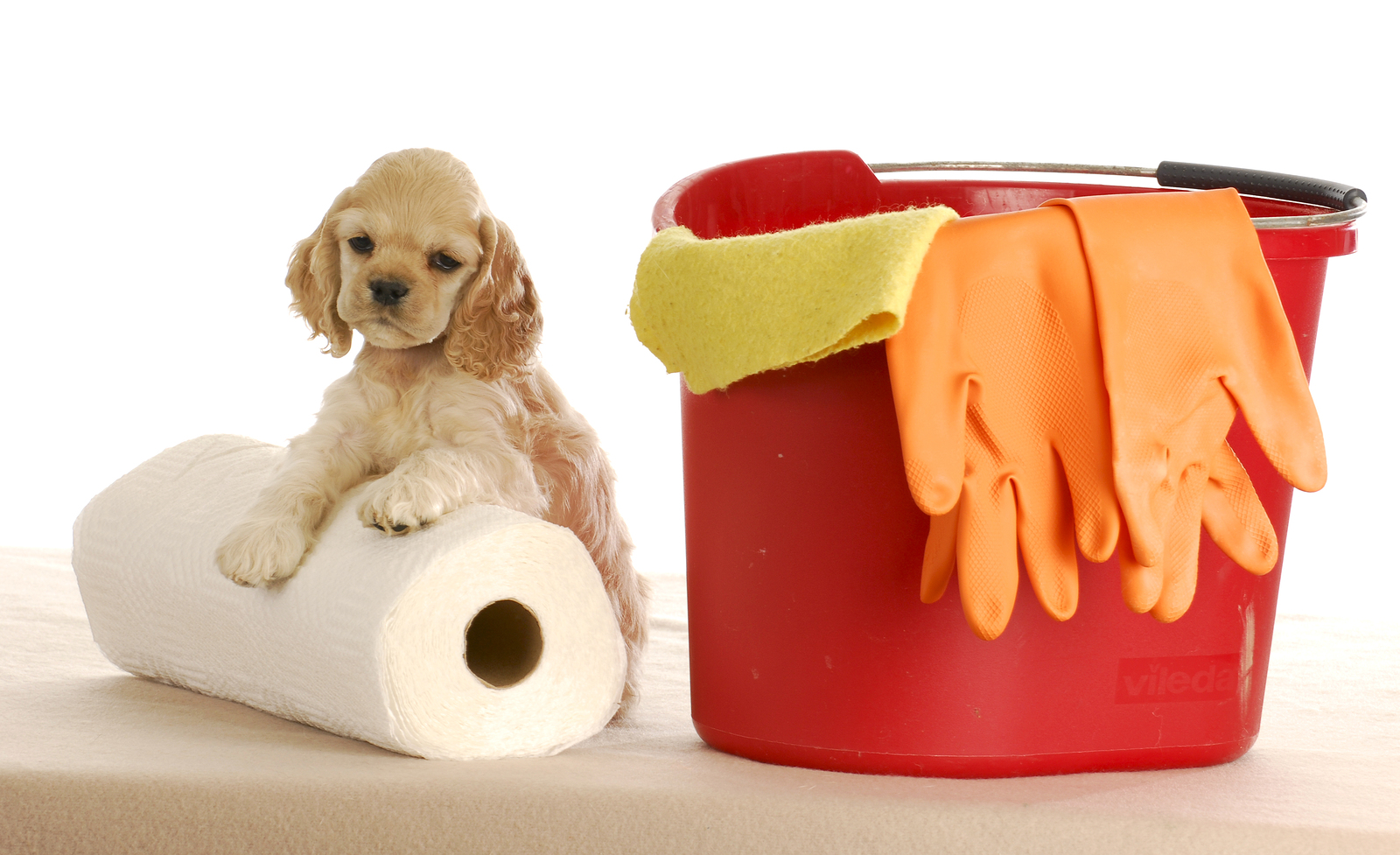
Photo by Willee Cole on Adobe Stock
Cat-proofing your home from carpet accidents is a bit easier than it is for dogs. You can easily place cat litter boxes in rooms your cat frequents. Try placing them in laundry rooms or a spare bedroom, but make sure it’s not a tight space where they’ll feel trapped.
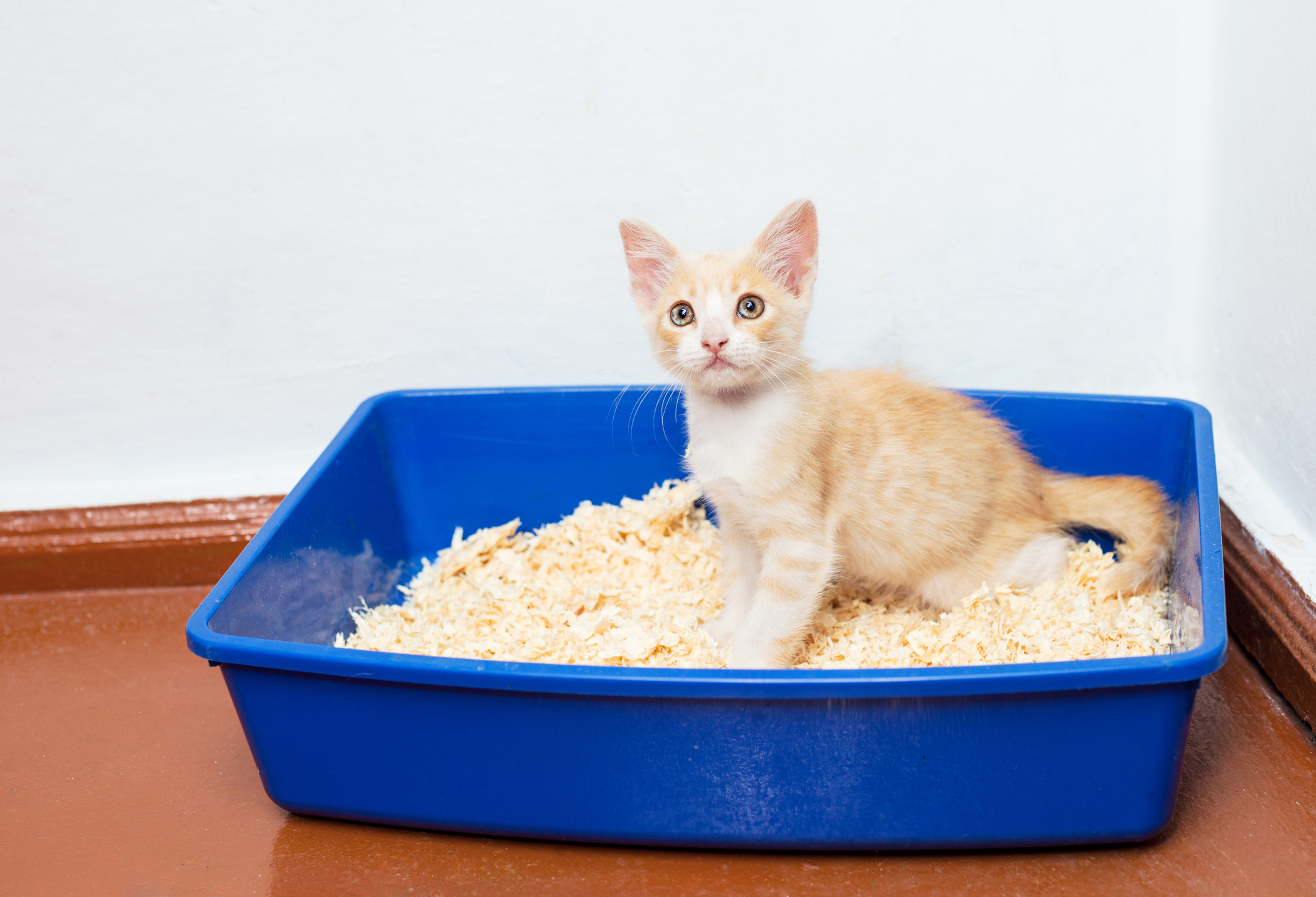
Photo by Evgenia Tiplyashina on Adobe Stock




